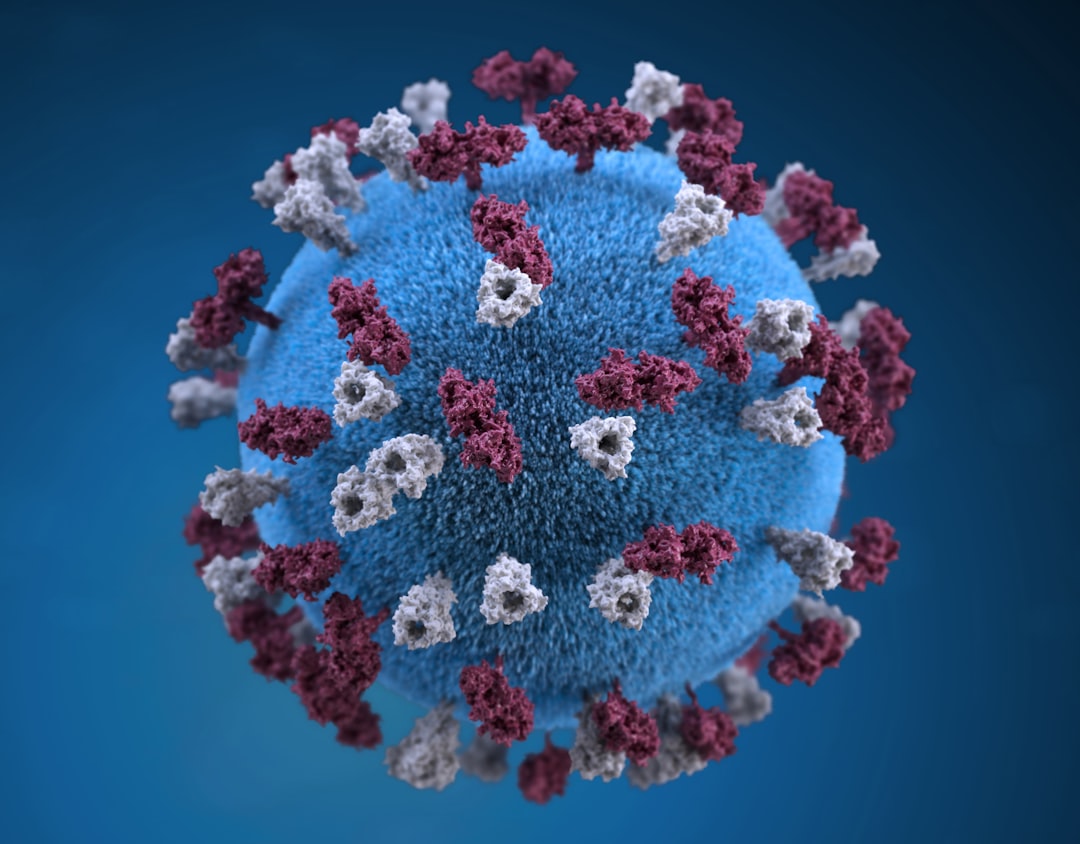What is it about?
Sodium-glucose cotransporter (SGLT) inhibitors effectively treat renal damage in patients with type 2 diabetes. Numerous lamellar bodies were found in the apical portion of the S2 segment of the proximal tubule of high-fat diet (HFD)-fed obese mice. Sphingomyelin, the main component of lamellar bodies, was excreted through urine during phlorizin (SGLT inhibitor) administration in these mice. Damaged proximal tubular epithelial cells (PTECs) were repaired by excreting accumulated lamellar bodies from PTECs, which is a novel observation and may be related to the tubular damage repair mechanism by SGLT inhibitors. The study showed that lamellar bodies accumulated in the S2 segment of HFD-fed mice and the urinary excretion of lamellar bodies has a nephroprotective effect.
Featured Image

Photo by julien Tromeur on Unsplash
Why is it important?
SGLT inhibitors effectively treat renal damage in patients with type 2 diabetes. Numerous lamellar bodies were found in the apical portion of the S2 segment of the proximal tubule of HFD-fed obese mice. Sphingomyelin, the main component of lamellar bodies, was excreted through urine during phlorizin (SGLT inhibitor) administration in HFD-fed mice. Our study shows that lamellar bodies that accumulated in the S2 segment of HFD-fed mice and the urinary excretion of sphingomyelin identified in lamellar bodies have nephroprotective effects.
Read the Original
This page is a summary of: Treatment of tubular damage in high-fat-diet-fed obese mice using sodium-glucose co-transporter inhibitors, PLoS ONE, February 2023, PLOS,
DOI: 10.1371/journal.pone.0281770.
You can read the full text:
Contributors
Be the first to contribute to this page










